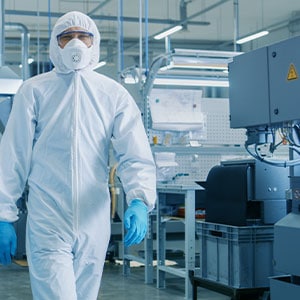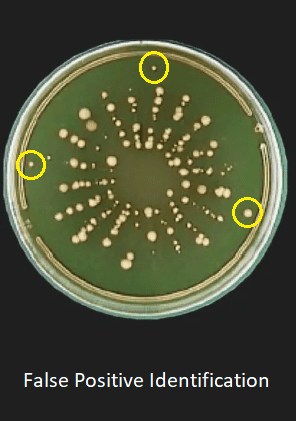Control Control Strategy for Innovation FAQ
In the pharmaceutical industry, maintaining a strict contamination control strategy is not only a regulatory obligation but also a fundamental aspect to ensure product safety and efficacy. GRMP EU Appendix 1 Describe the importance of contamination control strategies (CCS) for sterile drug products, emphasizing the need for a structured approach to managing risk and maintaining compliance. We recently -Host Webinar which is linked here discuss this strategy in detail. To help navigate this complex field, we have compiled a list of questions that are often asked from our experts.
What is the Control Control Strategy (CCS)?
Control Control Strategy (CCS) is a comprehensive plan designed to identify, analyze, and reduce risks associated with microbial contamination, pyrogen, and particulates. According to EU GMP Annex 1, CCS includes controls associated with active substances, excipients, drug product materials, facilities and equipment conditions, controls in the process, and finished product specifications. The aim is to ensure process performance and product quality through systematic monitoring and control.
Why is CCS important?
Applying CCS is very important to overcome various causes of contamination and maintain sterility in drug products. This helps in understanding and controlling the source of potential contamination, ensuring that the quality of the product remains without compromise throughout its life cycle.
How to access information about cleanroom guidelines?
For detailed information about net guidelines and particle measurement procedures, particle measurement system advisors offer valuable resources. They provide guidelines based on ISO standards, including ISO 14644, and regulatory frameworks such as FDA guidelines for industry and GRMP Appendix 1.
What are the guidelines for non-sterile manufacturing areas?
The non-sterile manufacturing area must comply with general CGMP regulations, which provide a framework for product safety and quality. Special guidelines can vary based on industry and location, but the basic principles of CGMP applies universally.
Is CCS necessary for compounding facilities?
Yes, both USP chapter 797 (sterile preparation) and USP chapter 795 (non -sterile preparation) requires a compounding facility to have CCS in its place. These chapters emphasize the importance of contamination control in the process of sterile and non-sterile compounding.
What is the best practice to monitor particles?
To monitor decent particles and cannot live effectively, it is important to follow the best practices described by the Regulatory Agency such as Appendix 1, FDA, EMA, and ISO 14644. Regular risk assessment and validation of monitoring methods are recommended to ensure accuracy and compliance.
How do CCS compare ISO 13408-1 and Appendix 1?
While ISO 13408-1 and Appendix 1 Sharing the principles of similar contamination control, there are differences in their specific details and recommendations. It is important to consult with relevant regulatory documents and adjust your CCS to meet the two standards as applicable.
What is the role of Cen TC 216 in contamination control?
Cen TC 216 provides standards associated with control of contamination in Europe, including aspects such as testing the efficacy of sporisida and quality control. Comply with these standards, along with other regulatory guidelines, helping to harmonize practices throughout the region.
How should new facilities approach CCS?
For new facilities, starting with a comprehensive risk assessment is very important. This involves identifying the source of potential contamination, designing facilities by considering control of contamination, and implementing a strong training and monitoring program. Continuous validation and documentation is also a major component.
Should every facility have its own CC?
Yes, each facility must have its own CCS that is tailored to the characteristics, processes, and unique environmental conditions. Even if the facility is under one quality system, each CCS ensures that the specific risk is adequately managed.
How can the risk assessment affect the existing monitoring program?
Risk assessment can cause changes in the existing appropriate monitoring program, such as changing the point of monitoring, frequency, and level of action. This ensures that the monitoring program remains relevant and effective in managing the risk of contamination.
Want to learn more?
Download the full paper here
football News
News
Berita
News Flash
Blog
Technology
Sports
Sport
Football
Tips
Finance
Berita Terkini
Berita Terbaru
Berita Kekinian
News
Berita Terkini
Olahraga
Pasang Internet Myrepublic
Jasa Import China
Jasa Import Door to Door




